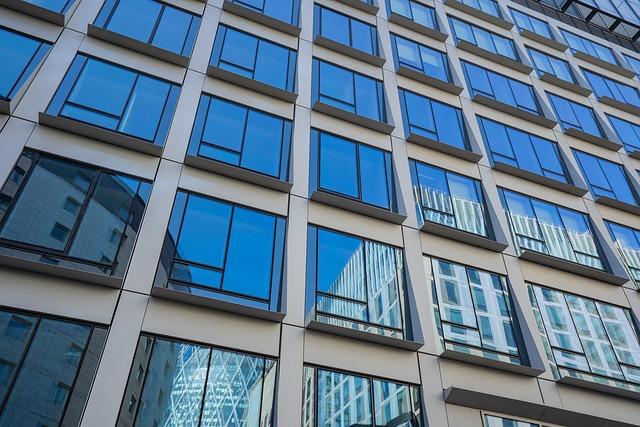Sculpting Spaces: Exploring Art and Design in Commercial Buildings
When we think of commercial buildings, our minds often drift towards functionality and efficiency. However, what if we reframe our perspective? What if these structures could be seen as canvases, where art and design converge to create something not only useful but also visually striking? The realm of commercial architecture can be much more than just bricks and mortar; it can be an inviting space that reflects culture, innovation, and a sense of community.
The Intersection of Art and Architecture
Commercial buildings stand as monuments of creativity and expression in our urban landscape. Architects and designers are now embracing artistic elements, blending them seamlessly into the functional requirements of these spaces. Sculptures, murals, and installations can be found adorning lobbies, facades, and even rooftops, turning everyday structures into veritable galleries.
Take, for example, the innovative use of color and light in the design of commercial spaces. A well-thought-out color palette can influence mood, promote productivity, and enhance user experience. Visitors walking into a vibrant, art-filled atrium are likely to feel uplifted and energized, creating a positive impression of the businesses housed within.
Transforming User Experience through Design
Art is not just about aesthetics; it shapes our experiences and interactions. In commercial buildings, design should prioritize user experience, focusing on how people move through and engage with the space. Thoughtfully designed layouts encourage foot traffic, sparking interactions that can lead to increased business opportunities.
Spaces like co-working hubs, cafes, and retail shops are increasingly designed with versatility in mind, allowing for dynamic events and gatherings. The architecture becomes a backdrop for life to unfold, making each visit an experience rather than a transaction.
Community Connections
Commercial buildings that embrace art and design also foster connections with the surrounding community. Local artists can be showcased through rotating exhibitions, while public spaces can be developed to invite community gatherings, markets, or performances. Such initiatives not only beautify the environment but also create a sense of belonging and identity.
This collaboration can highlight local culture, and add a layer of meaning to the commercial building, transforming it from a mere structure into a beloved landmark. By investing in artful architecture, businesses can play a crucial role in revitalizing neighborhoods and promoting local craftsmanship.
Bridging the Gap Between Art and Commerce
It’s essential for business owners and developers to recognize that incorporating artistic elements into commercial buildings is not merely an expense—it’s an investment. While the initial costs may be higher, the long-term benefits include attracting clientele, enhancing brand identity, and creating spaces that people genuinely want to visit.
In an age where experience is paramount, the blending of art and design in commercial architecture stands as a testament to human creativity. By sculpting these spaces with intention, we have the power to inspire, engage, and transform the everyday encounters we have in our bustling cities.




